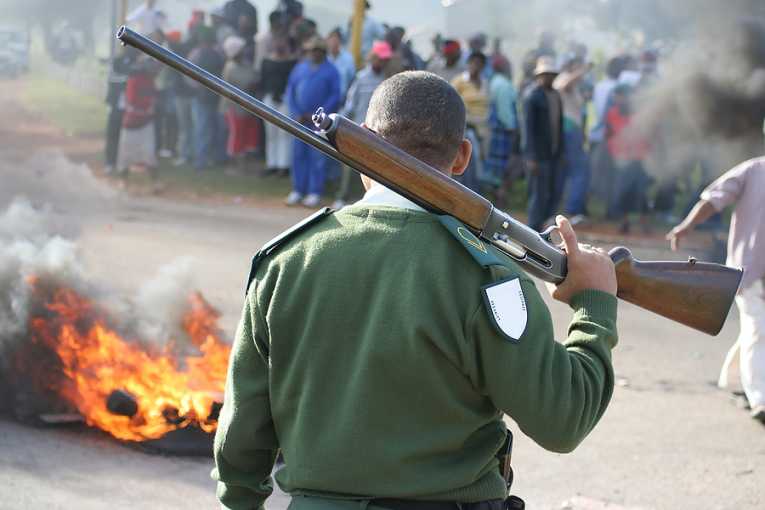For the first time scientists have linked the stability of modern societies to the global climate. Tropical civil conflicts doubled during the hot and dry El Nino cycles between 1950 and 2004.
In a paper published in Nature today, researchers prove that the risk of civil conflict doubles in the hotter and drier conditions prevailing in El Nino years.
Co-author of the paper Mark Cane, of Columbia University in New York said, "Our research shows that climate has a significant and substantial impact on the propensity for civil conflict, but it does not prove that long term climate effects due to global warming will have the same effect. However, it is hard to believe that larger, longer term climate effects will not result in the same instabilities in human society."
Climate effects on human behaviour are likely to be indirect. Andrew Solow of Woods Hole Oceanographic Institute in Massachusetts said, "People do not start wars simply because they are hot."
One reasonable hypothesis is that crop failure during El Nino events is a major part of the story. Numbers of rural poor increase as farm income falls, and as the price of food staples increase, urban unrest occurs as food availability decreases. While it is difficult to attribute specific outbreaks of violence to an El Nino related effect, the contemporary events of the Arab Spring are consistent with the team's theories as they follow shortly after an El Nino year.Lead author Solomon Hsiang and colleagues from Columbia University in New York looked at all conflicts in 175 countries between 1950 and 2004. States could be split into 93 whose climate is strongly influenced by El Nino events eg Australia, Ghana, Laos and Sudan; and 82 others that are unaffected by the cycles of the Southern Oscillation, such as Greece, Latvia and Tunisia. The people of the poorest countries respond more to these effects on their climate with violence, possibly because their governments lack the finances and stability to mediate the impact of the climatic change.
Because strong El Nino events can be predicted up to two years in advance, it is possible that governments could take steps to mitigate future conflict or humanitarian organisations might marshal their resources in areas where conflict is most likely to arise.
Top Image Credit: © Four Oaks










